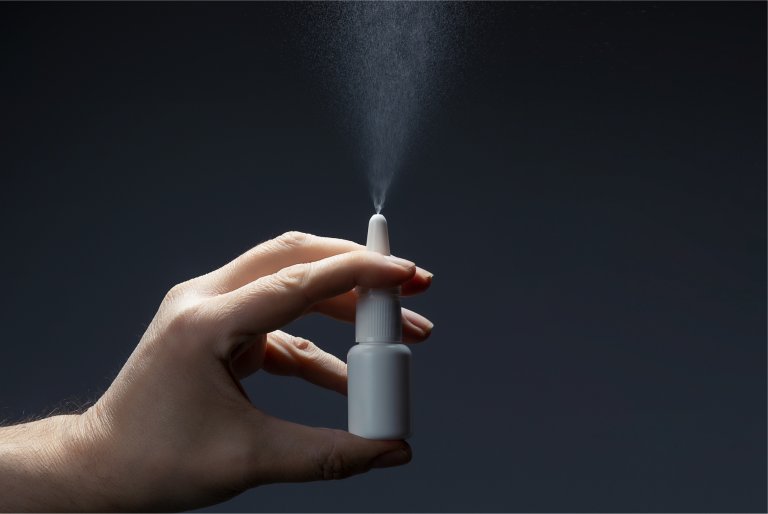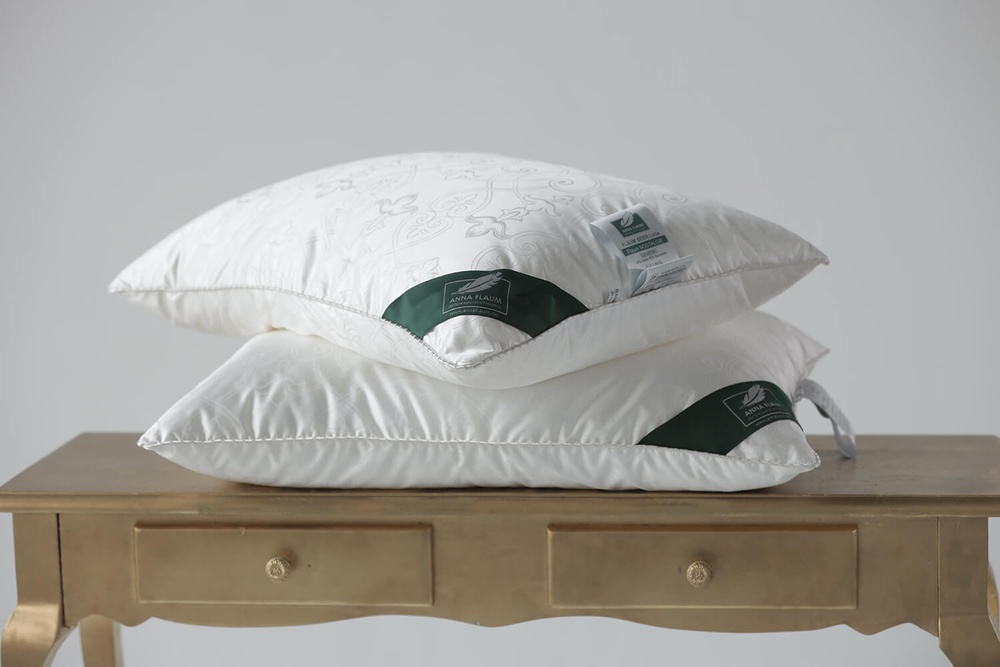Health Newsroom Writing
Researchers at the University of Lancaster (United Kingdom) have developed a new prototype vaccine against covid-19 that has an important novelty: It can be administered through the nose.
The researchers administered two doses of the vaccine through a nasal spray in animal tests, which are the first stage of vaccine development.
This triggered robust antibodies and T-cell responses that were sufficient to neutralize SARS-CoV-2, which causes the covid-19 pandemic . There was also a significant reduction in pulmonary pathology, inflammation and clinical disease in rodents who received the drug.
The vaccine is based on a common poultry virus, called Newcastle Disease Virus (NDV), which can replicate in our bodies, but is harmless to humans.
Scientists designed NDV to produce the peak proteins of the SARS-CoV-2 virus – the proteins the virus uses to “hook” itself into cells – by deceiving the body and causing it to develop an immune response against SARS- CoV-2.
“ We found that administering this vaccine through a nasal spray completely protected animals from spreading the virus [which can then be transmitted to others]. This means that immunization of the upper respiratory tract using a nasal spray can prevent individuals from spreading the virus and developing infections elsewhere in the body “.
” Although the vaccine has shown promising safety and efficacy in this animal model, tests on humans are still needed to determine its applicability and obtain regulatory approvals, ” said Dr. Muhammad Munir, responsible for the team.
Article: Immunogenicity and Protective Efficacy of an Intranasal Live-attenuated Vaccine Against SARS-CoV-2 in Preclinical Animal Models
Authors: Jun-Guy Park, Fatai S. Oladunni, Mohammed A. Rohaim, Jayde Whittingham-Dowd, James Tollitt, Bakri M Assas, Wafaa Alhazmi, Abdullah Almilaibary, Munir Iqbal, Pengxiang Chang, Renee Escalona, Vinay Shivanna, Jordi B. Torrelles, John J Worthington, Lucy H. Jackson-Jones, Luis Martinez-Sobrido, Muhammad Munir
Publication: bioRxiv
DOI: 10.1101 / 2021.01.08.425974
Check it yourself: https://www.biorxiv.org/content/10.1101/2021.01.08.425974v1



